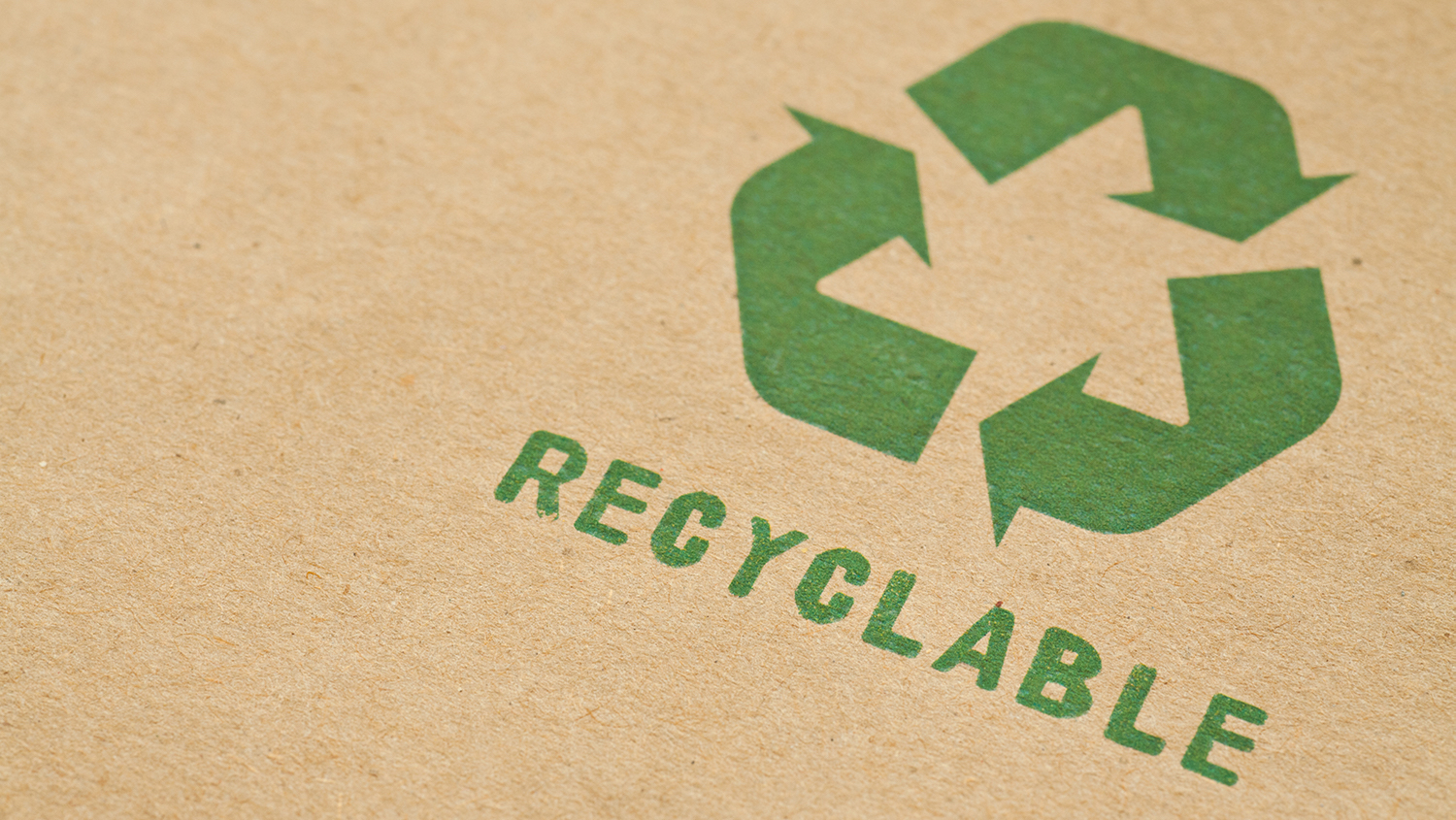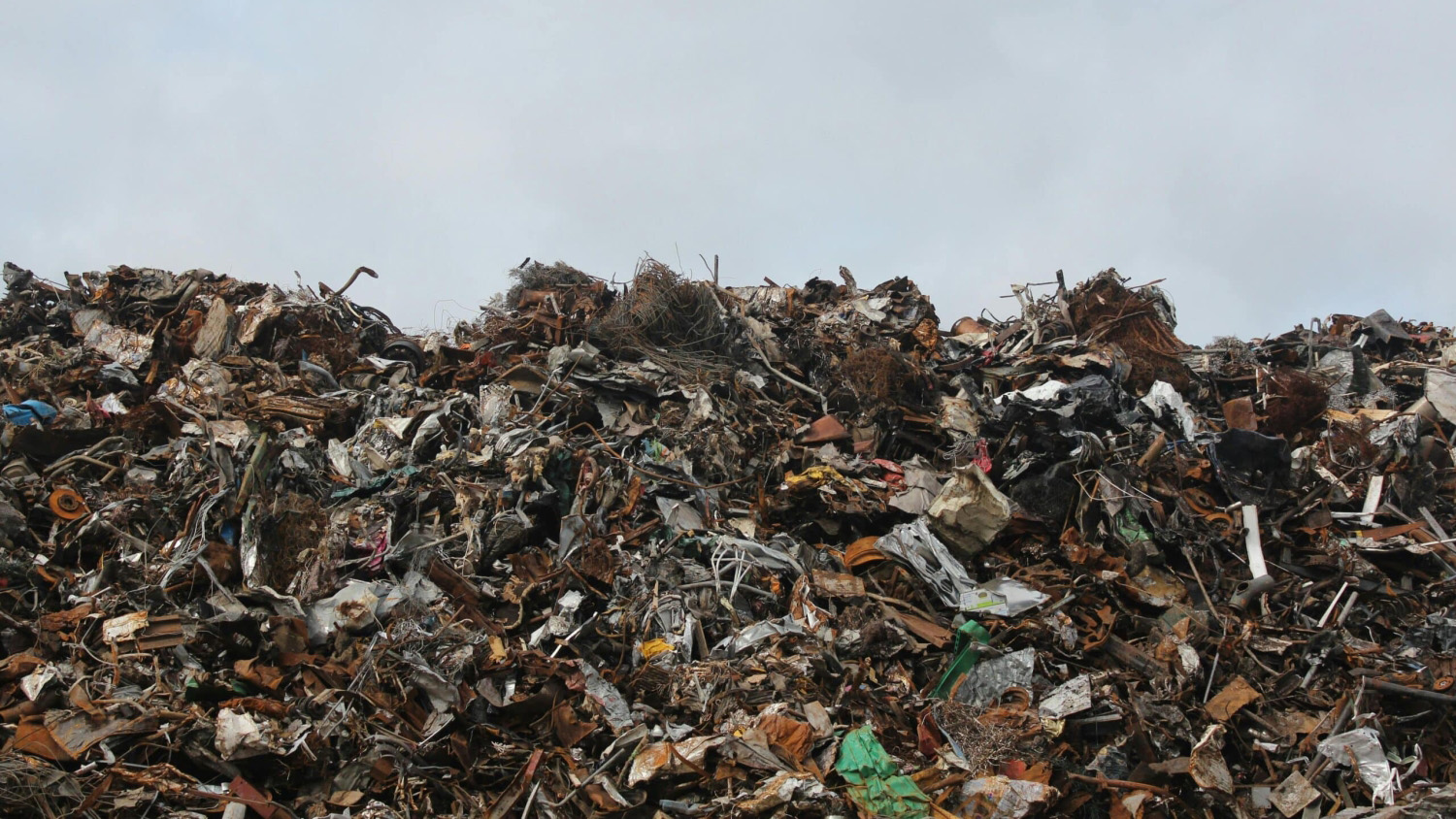‘Tis the Season to Recycle
Online shoppers can help combat climate change by recycling cardboard boxes and other packaging materials this holiday season, according to a professor in the Department of Forest Biomaterials at NC State.

As the coronavirus pandemic continues to surge, a growing number of consumers across the country are shopping online this holiday season – a trend that could have severe environmental consequences if packaging materials aren’t properly disposed of.
“Packaging materials, whether they’re made from paper or plastic, are very important because they help protect products,” said Richard Venditti, the Elis-Signe Olsson Professor of Pulp and Paper Science and Engineering at NC State’s College of Natural Resources. “But some of these materials, especially plastics, are still making their way into trash cans instead of recycling bins.”
Venditti, whose areas of expertise include paper recycling and environmental life cycle analysis, added that packaging materials in trash cans are sent to landfills where non-biodegradable materials occupy space for centuries and biodegradable materials break down and release greenhouse gas emissions that contribute to global warming.
In the United States, more than 95% of the packages shipped to the country’s 200 million online shoppers are sent in containerboard – cardboard and corrugated containers. The use of cardboard and other packaging materials is expected to increase in the coming years as online sales continue to grow, according to Venditti. Between January and November of this year alone, American consumers spent about $547 billion online. That’s an increase of roughly 33% from the same period in 2019.
Several companies are working to reduce packaging waste and find more sustainable alternatives. For example, Amazon – which ships an average of 608 million packages each year – has eliminated more than 665,000 tons of packaging materials and more than 1.18 billion shipping boxes since 2008 through its Frustration-Free Packaging program, which provides consumers with recyclable boxes that are easy-to-open and free of excess materials such as plastic bindings and wire ties.
Reducing packaging waste
Recycling is one of the most easiest and most efficient methods available for both retailers and consumers to reduce the number of cardboard boxes in the waste stream, according to Venditti. It not only conserves energy and natural resources but also helps reduce pollution.
Cardboard, like other paper-based products, is manufactured from cellulose fibers extracted primarily from trees. “Paper and paperboard recycling makes more efficient use of our forest resources and avoids some of the environmental burdens associated with making cardboard from trees,” Venditti said.
More importantly, when consumers recycle packaging, it reduces the amount of cardboard in landfills – and the amount of greenhouse gases that it emits during decomposition. Cardboard packaging that is sent to landfills releases some fugitive methane that is not captured in landfill collections systems. Methane has a global warming potential that’s 20 times higher than carbon dioxide over the course of 100 years. It’s estimated that when consumers recycle 1 ton of cardboard, they save over 9 cubic yards of landfill space.
The percentage of cardboard boxes that Americans recycle has increased from 55% in 1993 to 92% in 2019. The remaining 8% of cardboard boxes is sent to landfills because it’s unsuitable for recycling, since it may be disposed of in remote areas, or contaminated with food or other material, according to Venditti.
“Paper is definitely a success in the materials recycling universe, with recovery rates far higher than plastics or glass and other materials,” Venditti said. “The recycling levels that we’re seeing with these boxes are incredible. But we need people to be more effective in their overall recycling, especially with other materials such as plastics and metals.”
Most Americans have access to community curbside or drop-off recycling for paper and paperboard packaging. But as consumers receive more products directly from online retailers, they’re recycling less and throwing away more. Part of the reason is the confusion over what is recyclable, according to Venditti.
However, while consumer behavior certainly plays a role in the country’s ongoing packaging waste, recycling programs in the U.S. face a bigger challenge. For the past quarter century, the U.S. and other countries around the world have sent a significant portion of their recyclable discards to China for recycling. But in 2018, China implemented strict restrictions on imported waste, including plastic, mixed paper and cardboard. This has left many municipalities and companies with nowhere to send their waste for recycling.
“China was purchasing recyclable materials for rather high prices, but now they’re not buying from us anymore,” Venditti said. “As a result, the price for recycled paper has decreased dramatically. What that means is that collectors and haulers don’t get as much money for their efforts. They’re not going to go the extra mile to collect the fringe materials that are on the borderline of profitability, so now we’re experiencing an excess buildup of waste materials.”
Combatting recycling challenges
To address this issue, Venditti is spearheading a study that will examine the potential use of low-grade mixed paper waste in cardboard packaging in order to increase demand for recycled materials. The study is funded by the Environmental Research and Education Foundation, a Raleigh-based organization that supports solid waste research and education initiatives.
“A key challenge in the recycling industry is creating end-market demand for lower value/quality recyclables,” said Bryan Staley, Ph.D. P.E., president and CEO of the Environmental Research and Education Foundation. “Dr. Venditti’s research aims to strengthen pathways to increase recycled content using these materials. This allows for increased circularity of materials that otherwise would have limited value and improves overall sustainability.”
One of the study’s primary objectives is to better understand consumer impressions of packaging that contains paper waste, according to Venditti.
“Most cardboard boxes are brown with a consistent texture. But we’re using low-grade mixed paper waste to create boxes that have lighter speckles that might be recognizable as copy paper or magazine paper,” he said. “If a consumer sees a box with recycled content on the outside, how does that make them feel? Are they more likely to think that the packaging and therefore the product and company are more environmentally friendly? That’s what we want to know.”
In addition, Venditti and his research team are analyzing how the use of low-grade mixed paper waste impacts the physical properties of cardboard boxes, including strength and durability. Preliminary results show that the physical properties decrease by about 20%. The research team is currently working to compensate for that loss by exploring the addition of recycling process changes and additives.
Initial results from the study will likely be published sometime in 2021. Although the study is funded for 18 months, Venditti expects it to extend into the future as students and colleagues conduct additional research.
“The research, showing the benefits of low quality waste in paper packaging, is expected to demonstrate to companies a green and effective way to protect their products that have the added benefit of projecting a positive image of the product,” he said. “As the population of the world increases and demands for packaging increase, research projects to develop solutions like this one are critical for society.”
- Categories:


